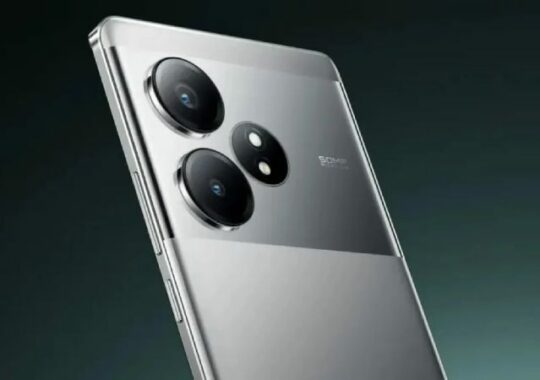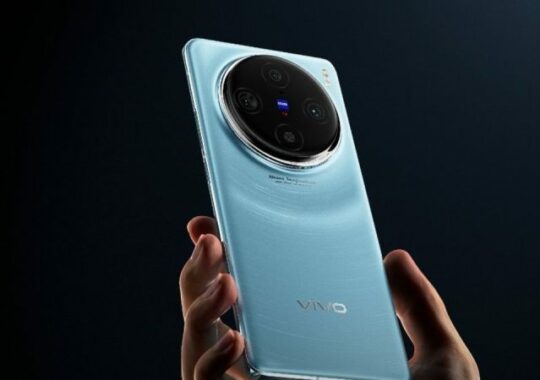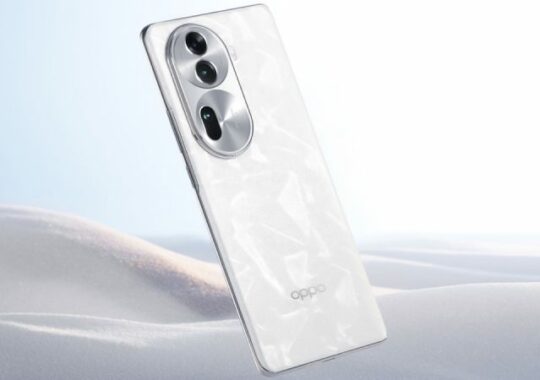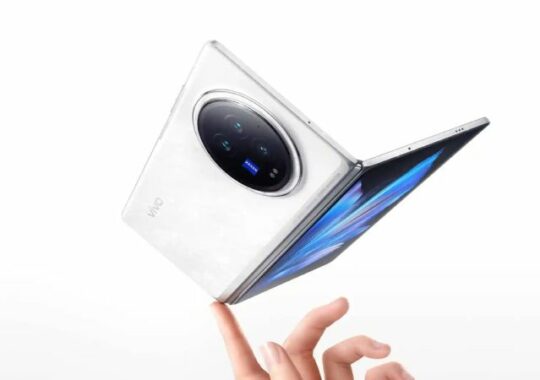Allstate Protection Plans, a provider of device insurance, recently released the findings of one of its yearly device drop tests. This time around, the firm damaged some of the priciest cellphones on the market, including the iPhone 15 Pro Max.
Four devices—the $1,799 Samsung Galaxy Z Fold5, the $1,200 iPhone 15 Pro Max, the $1,200 Samsung Galaxy S23 Ultra, and the $1,799 Google Pixel Fold—were dropped and dunked. All of these smartphones are made of glass and are the priciest models offered by Apple, Google, and Samsung.
For these tests, Allstate submerged each smartphone in water for 30 minutes before dropping them onto the sidewalk at a precise height and angle of six feet.
All of these cellphones passed the dip test with flying colors because they all have respectable water resistance ratings, but none of them survived the drop test because glass and concrete sidewalks don’t mix well.
In the front screen-down drop test, the iPhone 15 Pro Max broke on impact and was rendered useless by elevated and loose glass fragments. The Galaxy S23 experienced the exact same situation.
The raised lip around the internal edge of each display, which Allstate attributes to, allowed the Z Fold5 and the Google Pixel Fold to endure two screen-down drops without frame damage, screen dents, or other cosmetic damage. The “main” screen that is seen when the device is opened is referred to in this context as the “screen down.” The two smartphones both broke when they were dropped on their covered outside displays.
The Samsung Galaxy S23 Ultra and iPhone 15 Pro Max both broke right away in backwards drop tests. The iPhone 15 Pro Max was still operational, however two of the cameras were no longer usable as a result of damage to the camera glass.
Although Apple has upgraded the glass on its iPhones, Allstate Protection Plans has been conducting similar tests on every new model of the device for years. Although Apple uses “Ceramic Shield” for the front and a tougher back glass, glass is still glass and it still breaks.
The results of drop tests can vary depending on a number of factors, including the angle at which the smartphone falls, the material it impacts, how quickly it is dropped, and more. Despite the fact that Allstate Protection Plans employs the same factors for all of its testing, there is always a chance for unpredictability, thus the outcomes of these studies don’t necessarily apply to real-world situations.
That it’s better to avoid dropping a glass-covered smartphone to concrete shouldn’t come as a surprise. In addition to offering a variety of iPhone cases, Apple now offers AppleCare+, which covers two instances of accidental damage each year for a $29 deductible. If you want to ditch cases, AppleCare plus is a wise choice.




